Search
Two-Way Application of Corrosion Inhibitor in Gas and Condensate Field
Also Purchased
Guidelines for Corrosion Inhibitor Selection for Oil and Gas Production
Product Number:
51317--8842-SG
ISBN:
8842 2017 CP
Publication Date:
2017
$20.00
02288 EVALUATION OF INHIBITOR PERFORMANCE FOR PROTECTION AGAINST LOCALIZED CORROSION
Product Number:
51300-02288-SG
ISBN:
02288 2002 CP
Publication Date:
2002
$20.00
Corrosion Inhibitor Film Stability Under High Gas Velocity Conditions of Subsea Wet Gas
Product Number:
51317--9247-SG
ISBN:
9247 2017 CP
Publication Date:
2017
$20.00




